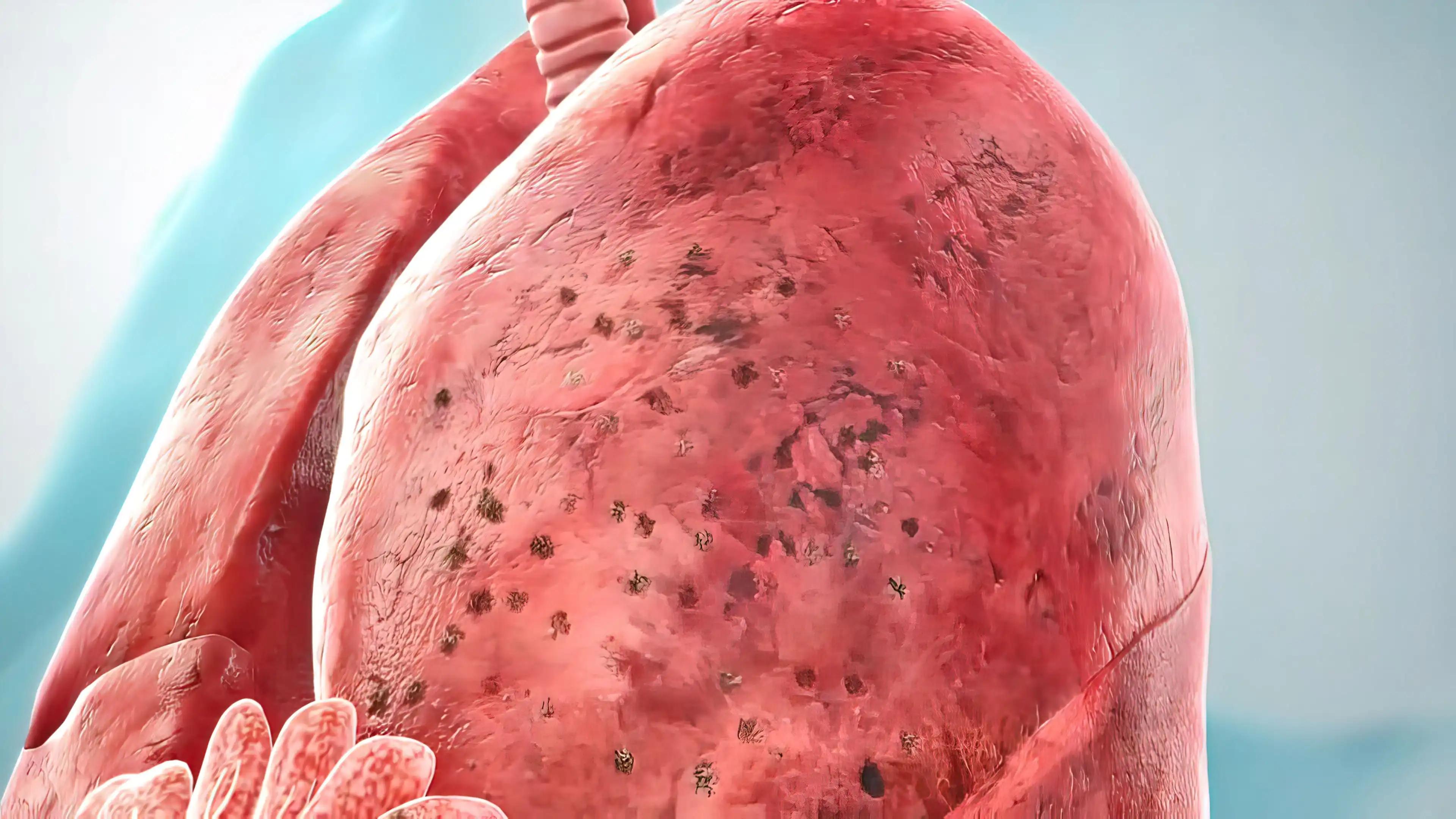KEY TAKEAWAYS
- The ZUMA-1 & ZUMA-7 phase 1, 2 & 3 trials aimed to investigate the real-world axi-cel manufacturing experience and product characteristics in patients with R/R LBCL.
- Researchers noticed that earlier axi-cel treatment in R/R LBCL enhances manufacturing success and product quality.
Axicabtagene ciloleucel (axi-cel), an autologous anti-CD19 chimeric antigen receptor (CAR) T-cell therapy, is approved in many countries for patients (pts) with relapsed/refractory large B-cell lymphoma (R/R LBCL) within 12 months of first-line (1L) chemoimmunotherapy (based on the Phase 3 ZUMA-7 study [NCT03391466]) and in the third-line (3L) or later setting (3L+; based on the Phase 2 ZUMA-1 study [NCT02348216]).
A higher percentage of naive-like T cells was identified in axi-cel product manufactured in second line (2L; ZUMA-7) vs 3L+ (ZUMA-1) and was associated with improved therapeutic index without impacting the safety profile (Filosto S, et al. Blood Cancer Discov. 2024;5:21). With individualized therapies like axi-cel, timely and reliable delivery of product is essential (Tully S, et al. JCO Clin Cancer Inform. 2019;3:3). Thus, understanding axi-cel manufacturability for pts in 2L vs 3L+ is of interest, as well as examining the potential impact of line of therapy on product phenotype.
Jason Westin and the team aimed to assess the real-world axi-cel manufacturing experience and clinical trial product characteristics in patients with R/R LBCL treated in 2L versus 3L or later (3L+) settings.
Researchers performed an inclusive analysis involving patients with R/R LBCL enrolled in Kite Konnect® globally and undergoing leukapheresis for axi-cel treatment in either 2L or 3L and beyond (3L+) settings between April 19, 2022, and January 3, 2024. The first-pass manufacturing success rate (FP-MSR) was calculated as the percentage of initial patient lots meeting specification upon first attempt, relative to all first-attempt lots processed during the specified timeframe, excluding terminations for withdrawn patients.
Comparison of FP-MSR between 2L and 3L+ cohorts utilized a generalized linear model with a binary distribution and fixed effect test. Additionally, analysis of apheresis and axi-cel product cell phenotypes, specifically the proportion of naive-like T cells (CCR7+CD45RA+ within CD3+ cells), was conducted on patients from pivotal studies ZUMA-7 (2L) and ZUMA-1 (3L+), employing statistical assessment via Wilcoxon rank sum test.
About 4087 patients were included in the analysis, comprising 1342 patients treated in 2L and 2745 in 3L or later (3L+). The FP-MSR for patients in 2L was 96.42%, significantly higher than the 94.68% observed in 3L+ (P = 0.01). This difference translated to 17 more successfully manufactured lots per 1000 attempts in 2L compared to 3L+. Among evaluable patients in the full analysis set, the median percentage of naive-like T cells in apheresis was 4.11% (range: 0.09-56.60; n = 100) for 3L+ and 9.28% (range: 0.20-45.07; n = 126; P < 0.0001) for 2L.
Similarly, in the axi-cel product, the median percentage of naive-like T cells was 18.60% (range: 0.50-74.30; n = 101) for 3L+ and 35.10% (range: 0.06-74.90; n = 174; P < 0.0001) for 2L. Thus, patients in 2L exhibited approximately twice the median percentage of naive-like T cells compared to those in 3L+ in both apheresis and final product analyses.
The study concluded that axi-cel treatment in 2L significantly improves MSR by 1.74% compared to 3L or later (3L+), potentially enabling more patients to receive therapy on their 1 manufacturing attempt. Additionally, patients in 2L exhibited higher naive-like T cell frequencies in both apheresis and final product, highlighting potential advantages in treatment outcomes and product quality when axi-cel is administered earlier in the treatment sequence for R/R LBCL.
The trial was sponsored by the Kite, A Gilead Company.
Clinical Trials: https://clinicaltrials.gov/study/NCT03391466
https://clinicaltrials.gov/study/NCT02348216
Westin J, Rangel D, Ramírez J, et al. (2024). “REAL-WORLD MANUFACTURING EXPERIENCE OF AXICABTAGENECILOLEUCEL FOR PATIENTS WITH RELAPSED OR REFRACTORY LARGE B-CELLLYMPHOMA TREATED IN SECOND LINE VERSUS THIRD LINE OF THERAPY ANDBEYOND.” Presented at EHA 2024.



